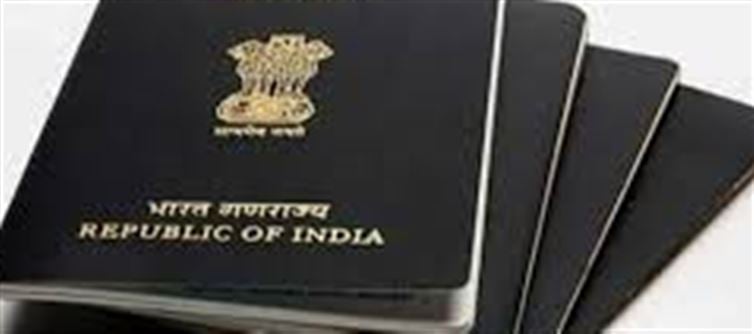
The much-awaited e-passport service has officially been launched in india, bringing convenience and security to the process of international travel. If you’re planning to travel abroad, it’s time to learn about this new facility, its benefits, and how you can apply for an e-passport.
1. What is an E-Passport?
An e-passport is a modernized version of the regular passport, with a built-in microchip that securely stores your personal information and biometric data. This makes the passport digitally authenticated and more secure, reducing the risks of tampering and fraud.
2. Key Benefits of the E-Passport
The introduction of the e-passport brings several important advantages for travelers:
2.1 Enhanced Security
With a biometric chip embedded in the e-passport, it becomes more difficult to forge or manipulate. The chip contains your personal data like name, date of birth, photo, and fingerprint, providing a higher level of security for international travel.
2.2 Faster Immigration Process
E-passports allow for faster clearance at immigration counters through e-gates at airports, reducing waiting times and making the entry/exit process much quicker. This is especially useful for frequent travelers.
2.3 International Standards
The e-passport follows the international standards set by the international Civil Aviation Organization (ICAO), ensuring seamless travel to countries that accept e-passports, making it globally recognized.
2.4 Contactless Technology
The microchip in the e-passport allows for contactless verification, meaning travelers don’t need to physically hand over their passports for scanning at immigration counters, reducing the chance of transmission of infectious diseases.
3. How to Apply for an E-Passport
The process of applying for an e-passport is similar to applying for a regular passport but with a few additional steps:
3.1 Eligibility
To apply for an e-passport, you must be:
· An indian citizen with a valid passport application.
· A passport holder who wants to upgrade to the e-passport.
3.2 Step-by-Step application Process
1. Visit the Passport Seva Portal: Go to the official Passport Seva Portal.
2. Register and Log In: Create a user account if you don’t already have one, or log in to your existing account.
3. Fill in the application Form: Choose the option for an e-passport and fill in the required details.
4. Submit Documents: Upload necessary documents such as proof of identity and address.
5. Book an Appointment: Schedule an appointment at your nearest Passport Seva Kendra (PSK) or Post office Passport Seva Kendra (POPSK).
6. Visit the PSK: On the scheduled date, visit the PSK with your documents for biometric data collection (fingerprints, photograph).
7. Pay Fees: Pay the required fee for the e-passport at the PSK or online.
3.3 Processing Time
Once you’ve completed the process, the e-passport will typically take 7-10 working days to process and be dispatched.
4. Is the E-Passport Available for All Applicants?
Currently, the e-passport facility is available in major cities and is being rolled out in phases. Eventually, it will be available to all passport applicants, but in the initial phase, only those applying for renewal or those in the 18-60 age group will be able to get the e-passport.
5. Final Thoughts
The launch of the e-passport service in india marks a significant step forward in making international travel safer, faster, and more efficient. By switching to an e-passport, you’ll experience enhanced security and streamlined travel processes.
Disclaimer:
The views and opinions expressed in this article are those of the author and do not necessarily reflect the official policy or position of any agency, organization, employer, or company. All information provided is for general informational purposes only. While every effort has been made to ensure accuracy, we make no representations or warranties of any kind, express or implied, about the completeness, reliability, or suitability of the information contained herein. Readers are advised to verify facts and seek professional advice where necessary. Any reliance placed on such information is strictly at the reader’s own risk.
.jpg)




 click and follow Indiaherald WhatsApp channel
click and follow Indiaherald WhatsApp channel